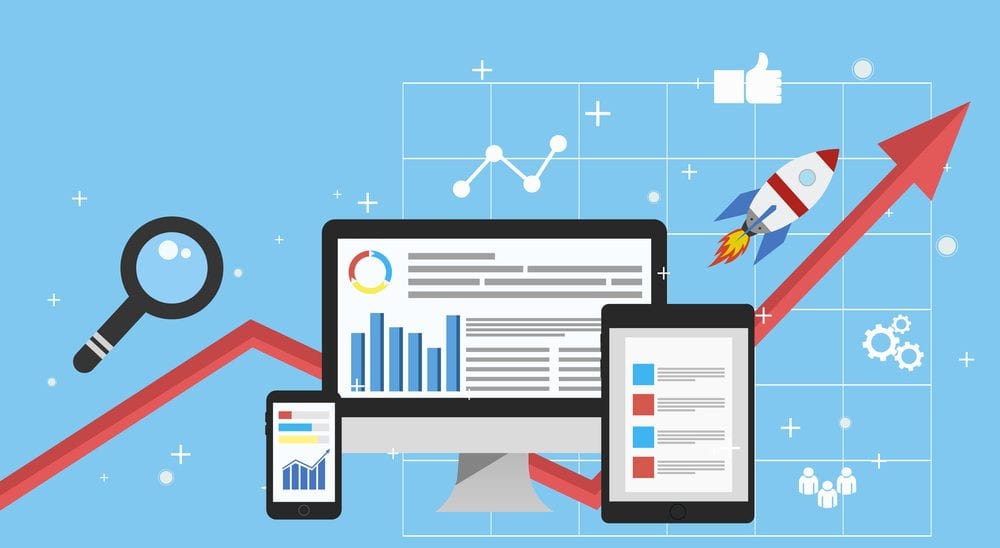Why you need to shift from being data-led to data-driven

Mathias Golombek, CTO at Exasol, explains the importance of shifting from a reactive data-led organisation to a proactively data-driven one.
Business intelligence is the lifeblood of modern organisations. Collecting, mining, reporting and extracting relevant internal and external information to draw value and move your business forward is imperative. But it’s no longer enough for you to be reactively data-led – you must also be proactively data-driven.
With the sheer amount of data created every day, data analytics can go way beyond traditional BI to give you greater predictive decision-making power based on real-time insights.
Evolving existing BI technologies and strategies into a data analytics-based approach is crucial. This opens up the ability to discover new insights, inform conclusions, fuel predictions and support decision-making.
Making the transition can also be a major driver towards automation and artificial intelligence (AI) to fuel further business efficiencies. From the automation of repetitive data entry to supply chain and stock control – but leveraging these technologies means the need for clean, accurate and detailed data to base decisions upon.
A live connection to an in-memory database
To enable this new approach, having the right database at the heart of your organisation is fundamental. Less sophisticated databases can rely on pre-aggregated data, which hinders the quality of the insights that decisions are made upon.

If you’re using one or more BI tools and are looking to perform more advanced data analyses, a live connection to an in-memory database really delivers. It offers speed, efficiency, compatibility and real-time availability of information, which brings new possibilities. Running a live connection from a BI tool to an in-memory database means more complex analyses can be performed faster, away from the tool your viewing your queries on. A BI tool generates the query, sends it to your database, receives the results and then renders them in your chosen format – all in a matter of seconds on your raw real-time data.
There’s also no need for coding to activate a live connection, meaning users can dig deeper into the data straight away. Furthermore, built-in intelligent algorithms monitor usage and perform self-tuning tasks, so your database administrators are freed up to work on more high-value projects — which can increase productivity and reduce total cost of ownership.
A whole new world of deeper insights
A particularly beneficial use case of a live connection between your BI tools and an in-memory database is if you’re looking to gather predictive analytics. This might mean projecting future sales, anticipating and scheduling maintenance on machinery, or forecasting demographic trends or climate fluctuations.
Manufacturers such as BMW and Rolls-Royce have been leveraging data analytics since many years to spot error patterns in prototypes and run predictive engine modelling for quality assurance. The operating time of critical assets can also be optimised by using analytics to anticipate their failure, which typically reduces machine downtime by 30% to 50% and increases machine life by 20% to 40%.
For retailers, predictive analytics can ensure that bottlenecks can be tackled before they rise. In-store for example, retailers such as Target, CVS, Nordstrom and Walmart use sensors and beacons to track customer journeys and interactions to identify pain points and alter store layouts, or increase staff headcount based on data insights. And online, prices can be analysed and dynamically adjusted in near real-time according to website activity, competitor pricing, product availability, item preferences, order history, expected profit margin, and more.
The right database can also guarantee an excellent user experience through fast load times (i.e. no buffering or delays), highly responsive filters and actions. For example, Badoo, one of the world’s most popular dating apps, analyses 350 terabytes of data that includes six billion events per day (e.g. views, swipes and completed/abandoned payment transactions) — equivalent to more than one event per user per second.
Insights gathered by Badoo lead to improvements for app users thanks to fast, real-time machine learning models. These encourage upgrades to full version of the app and predict churn, detect anomalies and predict payments for quick transactions and issue solving.
Shifting to being proactively data-driven
Data inefficiencies can no longer hold you back. Your BI reporting lives and dies with the performance of your database, especially in fast-paced environments where real-time or near real-time insight are required. These timely pieces of intelligence for decision-making are imperative in order to maximise the ROI of your analytics investment, to not only deliver business-critical insights day in, day out, but also to adapt to evolving business needs.
Modern BI tools provide the ‘smart’ and the in-memory database the ‘fast’, with a toolkit to manipulate and visualise the underlying data at speed.
To stay competitive, make sure your business makes the shift to becoming data-driven not just data-led, and start pushing the boundaries of what you can do with your BI tools to open up new commercially valuable insights.
Learn more about Exasol’s newest V7 iteration here.